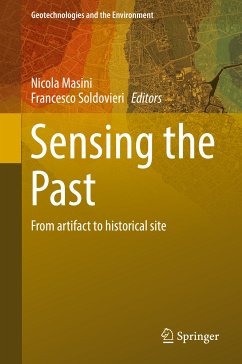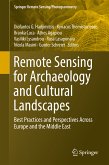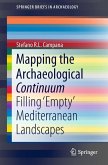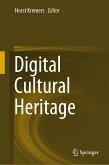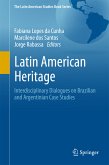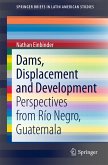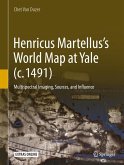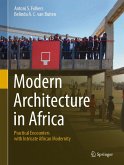This book provides a complete overview of novel and state of art sensing technologies and geotechnologies relevant to support management and conservation of CH sites, monuments and works of art. The book is organized in an introduction stating the motivations and presenting the overall content of the volume and four parts. The first part focuses on remote sensing and geophysics for the study of human past and cultural heritage at site scale and as element of the surrounding territory. The second part presents an overview of non invasive technologies for investigating monuments and works of art. The third part presents the new opportunities of ICT for an improved and safe cultural heritage fruition, from the virtual and augmented reality of historical context to artifact tracking. Finally, the forth part presents a significant worldwide set of success cases of the exploitation of the integration of geotechnologies in archeology and architectural heritage management.
This book is of interest to researchers, experts of heritage science, archaeologists, students, conservators and other professionals of cultural heritage.
Dieser Download kann aus rechtlichen Gründen nur mit Rechnungsadresse in A, B, BG, CY, CZ, D, DK, EW, E, FIN, F, GR, HR, H, IRL, I, LT, L, LR, M, NL, PL, P, R, S, SLO, SK ausgeliefert werden.

